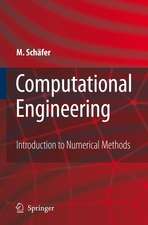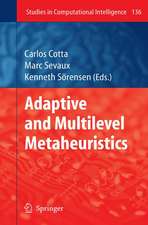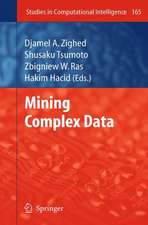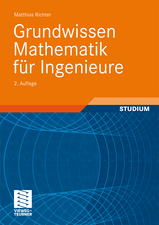Hemivariational Inequalities: Applications in Mechanics and Engineering
Autor Panagiotis D. Panagiotopoulosen Limba Engleză Paperback – 14 mai 2012
Preț: 623.70 lei
Preț vechi: 733.77 lei
-15%
Puncte Express: 936
Preț estimativ în valută:
110.45€ • 128.100$ • 95.95£
110.45€ • 128.100$ • 95.95£
Carte tipărită la comandă
Livrare economică 21 februarie-07 martie
Preluare comenzi: 021 569.72.76
Specificații
ISBN-13: 9783642516795
ISBN-10: 3642516793
Pagini: 468
Ilustrații: XVI, 451 p. 22 illus.
Dimensiuni: 155 x 235 x 25 mm
Greutate: 0.65 kg
Ediția:Softcover reprint of the original 1st ed. 1993
Editura: Springer Berlin, Heidelberg
Colecția Springer
Locul publicării:Berlin, Heidelberg, Germany
ISBN-10: 3642516793
Pagini: 468
Ilustrații: XVI, 451 p. 22 illus.
Dimensiuni: 155 x 235 x 25 mm
Greutate: 0.65 kg
Ediția:Softcover reprint of the original 1st ed. 1993
Editura: Springer Berlin, Heidelberg
Colecția Springer
Locul publicării:Berlin, Heidelberg, Germany
Public țintă
ResearchCuprins
I Introductory Topics.- 1 Elements of Nonsmooth Analysis.- II Mechanical Theory.- 2 Nonsmooth Mechanics I.- 3 Nonsmooth Mechanics II.- 4 Hemivariational Inequalities.- 5 Multivalued Boundary Integral Equations.- III Mathematical Theory.- 6 Static Hemivariational Inequalities.- 7 Eigenvalue and Dynamic Problems.- 8 Optimal Control and Identification Problems.- IV Numerical Applications.- 9 On the Numerical Treatment of Hemivariational Inequalities.- 10 On the Approximation of Hemivariational Inequalities by Variational Inequalities.- 11 The Method of Substationary Point Search.- 12 On a Decomposition Method into Two Convex Problems.- 13 Dynamic Hemivariational Inequalities and Crack Problems.- 14 Applications of the Theory of Hemivariational Inequalities in Robotics.- 15 Addenda: Hemivariational Inequalities, Fractals and Neural Networks.- References.




























